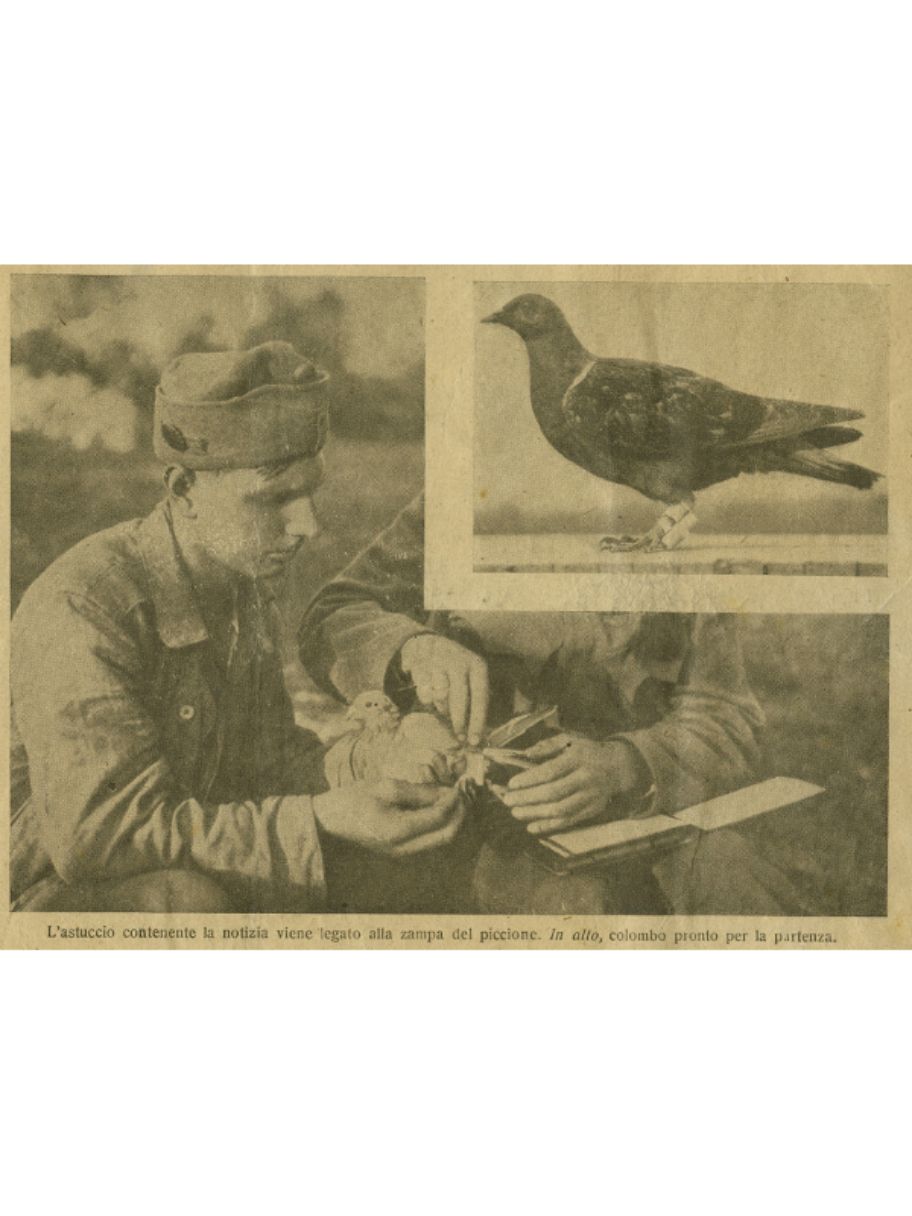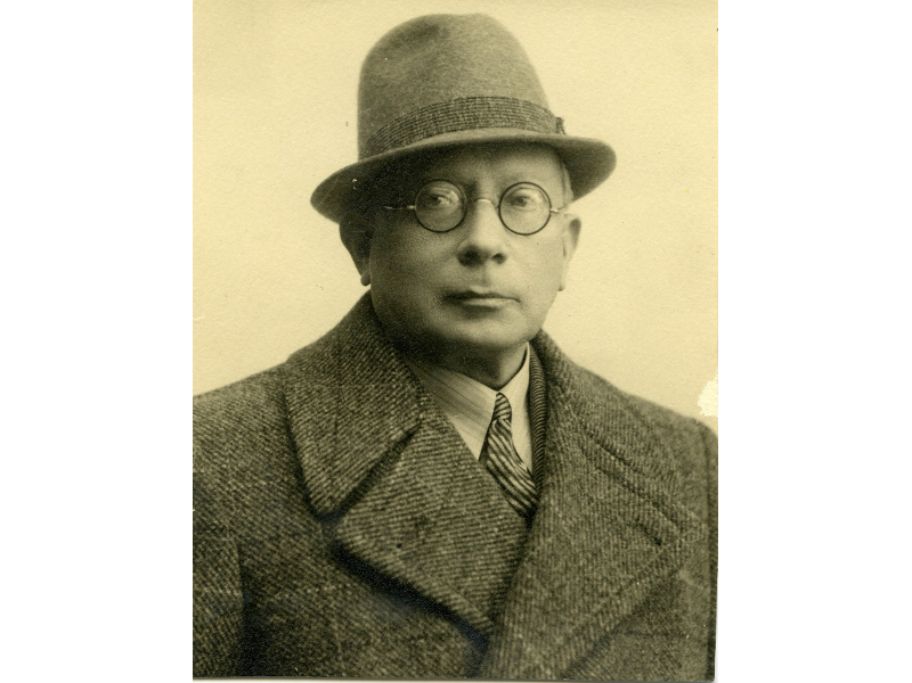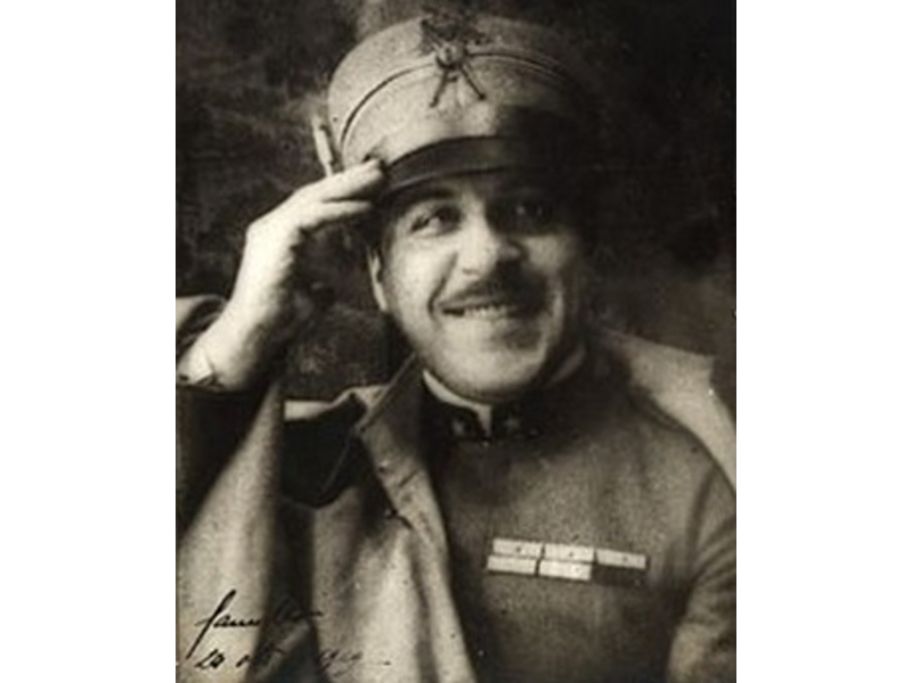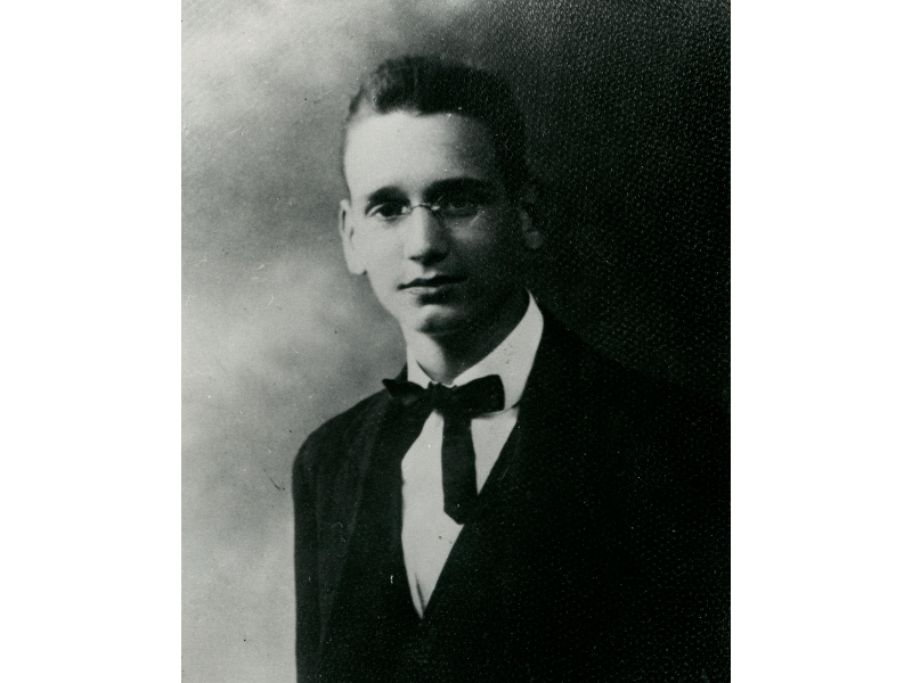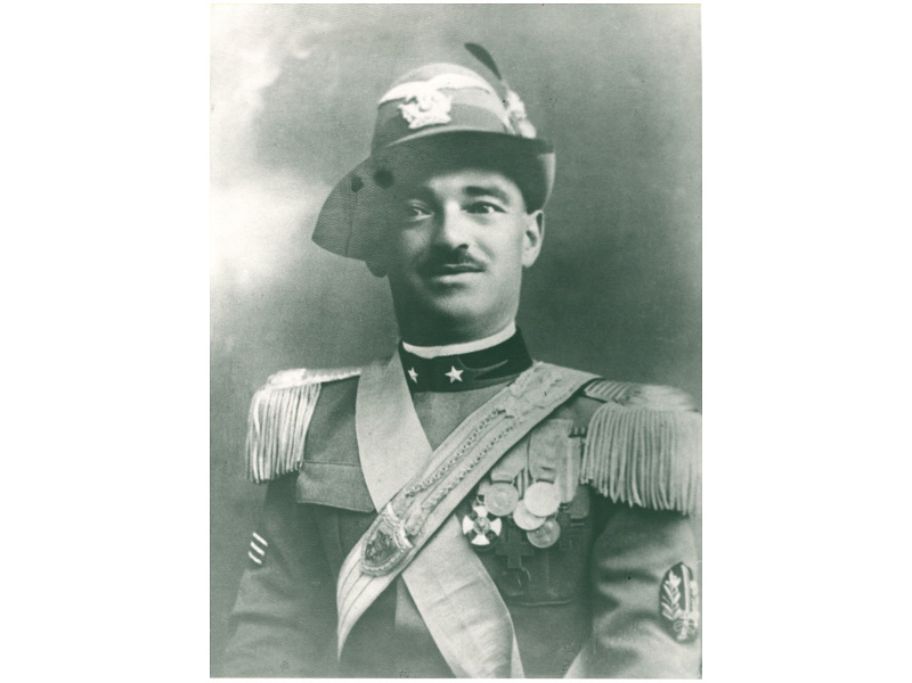Conosci gli eroi
Intelligence in the first World War
Intelligence has always been used to find out important information for the security of states, of their institutions, people and businesses. Spying on the enemy is an activity of intelligence which has always been linked to war. The “Giovine Italia”, founded by Colonel Ercole Smaniotto, was the first international spying organization and it established two information centres in this area, one in Vittorio and one in Pordenone. In the First World War one of the greatest enemies of Italy was Austria. Considering that the Italian city of Trento had been conquered by the Austrians, the Italians who lived there were the most suitable people to act as spies to fight against Austria in what is known as the “secret war”. They created an information centre in Verona, which had locations in Veneto, Friuli and Brescia. Little by little these centres got stronger and more efficient and they were finally able to favour important successful actions in the conflict. The main spying technique in Italy was “colombigramma”. This strategy consisted in using pigeons, which were put in small wicker boxes and brought messages. One of these boxes is kept and exhibited here, in the “Occupation Room”, on the first floor. It was found in 1918, at Fais, Borgo Ulivi , by the Segat family. During the war it was dropped with a parachute from an Italian aircraft, and it was delivered with two pigeons inside to Alessandro Tandura, to help him carry out his mission. “Colombigramma” was also used by Camillo De Carlo, an important figure for this museum. Visitors can see some examples of this spying technique in the “Hall of Myth”, on the second floor. Other means of secret communication included the use of sheets laid down in specific areas according to an agreed default cipher and the use of “floaters”, small discoid containers made of cork with a waterproof cavity in which messages were put. Transported by the river Piave stream, floaters reached the outpost and they were picked up by the allies. An example of these rare means of communication is kept in the museum, but is not exhibited.
Carlo Baxa
Carlo Baxa was born in Pola on the 29th of March 1875, from Istrian parents.
He was a convinced promoter and supporter of the Italian character and traditions in Istria, for this purpose he organized two art exhibitions. At the outbreak of World War I Baxa was 40 years old and was appointed commander in chief of the Istrian fort in Cattaro. Here he met the young Pagnini, a translator for the Austrian army (March 1899- November 1989), with whom he decided to help the subjected Italians providing them with passes and provisions. Moreover he put his life in danger giving the Italians useful information about the location and the movements of the Austrian army.
When World War I ended, Carlo Baxa did not receive any official awards by the Italians for his great and dangerous service, because he had had important roles in the Austrian army.
Giacomo Camillo De Carlo
Giacomo Camillo De Carlo was born in Venice on the 6th of April 1892 in a noble and wealthy family.
During his youth he lived between Vittorio and Venice, attending the Regio Liceo "Marco Polo". At the age of 27 he joined the 4th Genova Cavalleria regiment, becoming Corporal.
In June 1915 he joined the army as a volunteer and left for the Austrian front. After obtaining his pilot licence as an aircraft observer, he enlisted in the 25th "Voisin" squadron and was awarded two gold medals and a bronze one for military valour.
De Carlo later accepted to take part in a mission that would bring him another gold medal of honour. On the 30th of May 1918 he was carried past the enemy front on the river Piave to infiltrate as a spy in the occupied territories in order to communicate secret information about the Austrian army. Helped by the local population and some well-known figures like Baxa, Pagnini and Troyer, he managed to provide the Italian army with vital reports. This fact would prove to be crucial for the Italian victories along the river Piave and for the expulsion of the Austrian and Hungarian army. Then, on the 13th of August, De Carlo headed back to the southern bank of the river Piave, on a raft by sea, after over a month of secret intelligence activity on the enemy territory.
At the end of the First World War De Carlo was appointed Secretary of the Italian Delegation for the Treaty of Versailles. In later years he was still engaged in politics, supporting Fascism and obtaining the “podestà” office in Vittorio Veneto. In the 30s and 40s he renewed his activity of intelligence and extended his influence worldwide, while collaborating with the Italian army. Finally, after an extremely eventful life, he decided to retire to his family home in Serravalle, Vittorio Veneto, where he died on the 29th of March 1968.
Cesare Pagnini
Cesare Pagnini was born on the 19th of March 1899, in a family from Pesaro that moved to Trieste at the end of the 18th century.
He attended Liceo Classico, a humanistic high school, and then he went to Graz to study Law. In 1917, at the age of eighteen, he left for the front and joined the Austro - Hungarian army. After the defeat of Caporetto he was sent to Vittorio, an Austrian headquarter, as the official interpreter of the General Von Below, because he could speak both Italian and German.
While in Vittorio, together with his superior Carlo Baxa, he got involved in spying actions in favour of the Italian army. He helped the population of Vittorio and set almost 200 prisoners free, exchanging information with the lieutenants Camillo De Carlo and Alessandro Tandura.
At the outbreak of the Second World War he volunteered and joined the troops at the front, but was hit by a grenade which left him almost blind. He was awarded the War Cross.
When Trieste was occupied by the Slavs, he experienced one of the most troubled moments of its history. Being suspected to cooperate with the enemy, he was twice arrested and got subsequently released.
He died at the age of ninety, on the 9th of November 1989.
In memory of Cesare Pagnini the “Museo della Battaglia” exhibits a series of letters that testify his role as a spy, in show-case 9, in the “Hall of Myth”.
Alessandro Tandura
Alessandro Tandura was born in Vittorio Veneto on the 17th of September 1893 and came from a humble family. He was awarded a gold medal for military valour in recognition of his service for the country.
During the First World War Tandura was sent as a spy to his hometown Vittorio Veneto (called Vittorio at the time) that was being kept under siege by the Austrians.
Thanks to the help of his sister and his girlfriend he gathered and transmitted information to the Italian headquarters. He had to face many obstacles, he was taken prisoner twice and he got seriously wounded, but he managed to overcome all possible difficulties driven by his willpower and hope for victory.
In “Museo della Battaglia” the visitor can find a showcase dedicated to him, which contains a book with newspaper articles written a year after his death commemorating him as a local hero, together with other exhibits like his tassels, his saharian jacket, a hat and a painting portraying him and his wife Maddalena.
